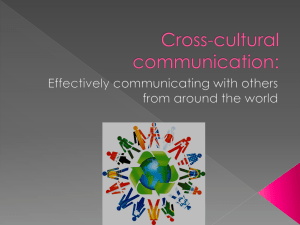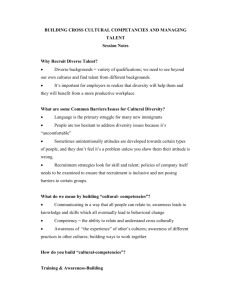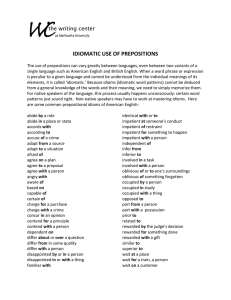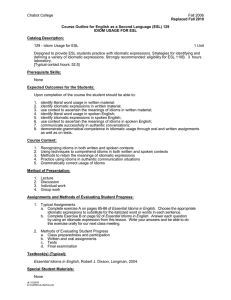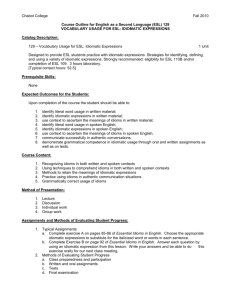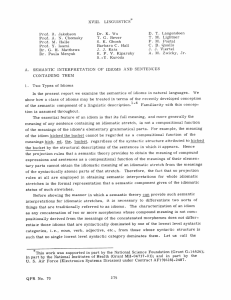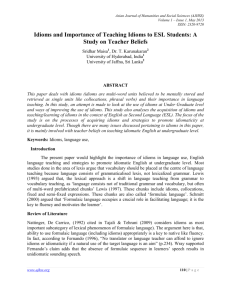Business Communications and Presentations
advertisement
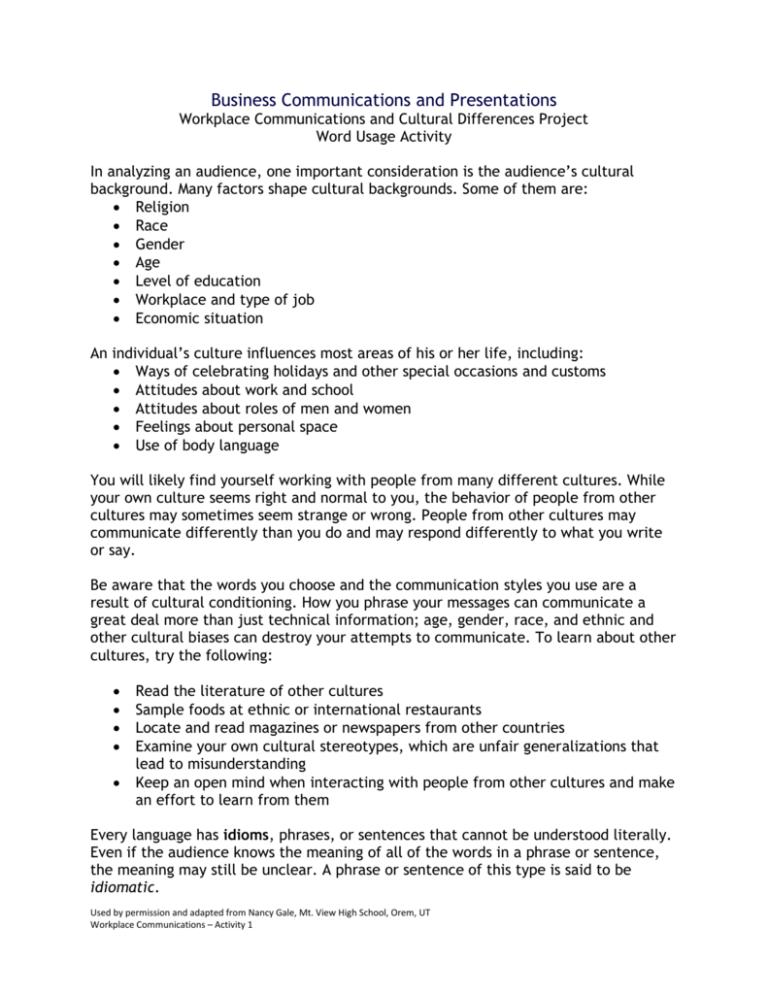
Business Communications and Presentations Workplace Communications and Cultural Differences Project Word Usage Activity In analyzing an audience, one important consideration is the audience’s cultural background. Many factors shape cultural backgrounds. Some of them are: Religion Race Gender Age Level of education Workplace and type of job Economic situation An individual’s culture influences most areas of his or her life, including: Ways of celebrating holidays and other special occasions and customs Attitudes about work and school Attitudes about roles of men and women Feelings about personal space Use of body language You will likely find yourself working with people from many different cultures. While your own culture seems right and normal to you, the behavior of people from other cultures may sometimes seem strange or wrong. People from other cultures may communicate differently than you do and may respond differently to what you write or say. Be aware that the words you choose and the communication styles you use are a result of cultural conditioning. How you phrase your messages can communicate a great deal more than just technical information; age, gender, race, and ethnic and other cultural biases can destroy your attempts to communicate. To learn about other cultures, try the following: Read the literature of other cultures Sample foods at ethnic or international restaurants Locate and read magazines or newspapers from other countries Examine your own cultural stereotypes, which are unfair generalizations that lead to misunderstanding Keep an open mind when interacting with people from other cultures and make an effort to learn from them Every language has idioms, phrases, or sentences that cannot be understood literally. Even if the audience knows the meaning of all of the words in a phrase or sentence, the meaning may still be unclear. A phrase or sentence of this type is said to be idiomatic. Used by permission and adapted from Nancy Gale, Mt. View High School, Orem, UT Workplace Communications – Activity 1 Every language has idioms, phrases, or sentences that cannot be understood literally. Even if the audience knows the meaning of all of the words in a phrase or sentence, the meaning may still be unclear. A phrase or sentence of this type is said to be idiomatic. Using idioms with audiences with different cultural backgrounds can lead to misunderstanding. Would a person who is new to the United States know, for instance, that a road hog has nothing to do with farm animals? Explain how a person who learned English from a textbook might interpret the following idiomatic sentences: 1. 2. 3. 4. 5. Larry dug up a date for the wedding. The convertible cut me off just before the exit. I am crazy abort chocolate. Sean aced the test without cracking a book. The old heap broke down in the middle of the desert. Now list five common idioms that you use in your conversation. Explain how the same person might interpret your words. 6. 7. 8. 9. 10. A dialect is a style of language that is distinctive to a particular region. Many thousands of differences in words, pronunciations, and phrases characterize the various dialects of the United States. For example, every region has words that are peculiar to its dialect. Children learn these words at home rather than at school; the words are part of the children’s oral rather than written culture. Do you know what any of the following words means? You probably won’t find them in the dictionary. mulligrubs neb-nose alamagoozlum chizzywink Juneteenth noshery bizmaroon faunch lanai Oklahoma rain bumfuzzled off-brand Used by permission and adapted from Nancy Gale, Mt. View High School, Orem, UT Workplace Communications – Activity 1
